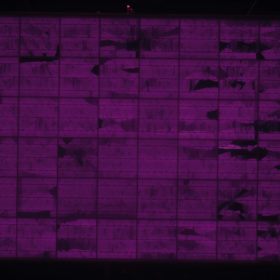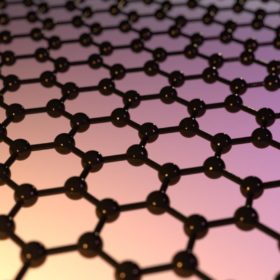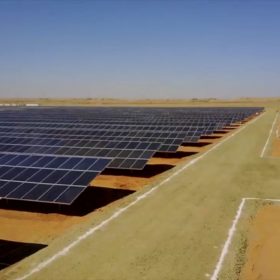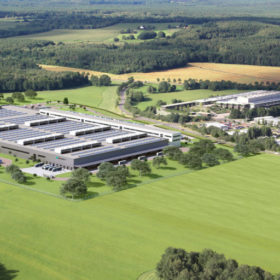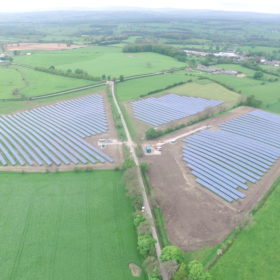Filling in the (micro)cracks
Whether caused by improper production processes, poor treatment in transport and installation, climate conditions or any other issue, performance reducing microcracks are a major source of stress for PV developers and project owners. Now, an EU funded research project has found that a different type of stress could provide a solution, and even “heal” some existing cracks.
Tandem cells at 28%
UK headquartered Oxford PV has set a new world efficiency record for its perovskite/silicon tandem solar cells.
US researchers grappling with graphene
A team of scientists at University of California, Riverside investigating the ‘unusual’ electronic behavior of pristine graphene has found that, in certain configurations, the material can generate a current without the need for a p-n junction, leading to the possibility of extremely thin, lightweight solar devices.
Meyer Burger picks up 600 MW heterojunction equipment order
Swiss equipment supplier Meyer Burger has received a CHF 74 million (US$74.4 million) order for a 600 MW production line combining heterojunction and smart wire technologies. The order was placed by an unnamed manufacturer, with the line expected to begin cell and module production in the second half of 2019.
EBRD unveils new energy strategy without coal or oil, looks to mobilize €1 billion in private sector capital
The European Bank for Reconstruction and Development yesterday unveiled its new energy sector strategy, which aims to ramp up renewables investment, while moving away from coal and oil. Gas will still remain a focus, however. It has also announced this week, plans for a €250 million green bond framework, through which it hopes to double the issuance of green/sustainability bonds in its active regions; and mobilize €1 billion in private sector investment over the next three years.
Mercedes, Shell announce seperate private PPA agreements
Mercedes Benz has announced plans for all of its German factories to be supplied with CO2 free energy by 2022. Meanwhile, Renewables investment firm Octopus Energy has signed a five-year PPA with Shell Energy Europe to provide the global energy giant with power from several unsubsidized PV projects it is constructing in Italy.
Solar ‘could soon be UK’s cheapest source of energy’
The U.K. Solar Trade Association has published a new assessment, finding that the cost of generating solar electricity in the British Isles has already fallen far below its earlier predictions, and could reach GBP 40 (US$50)/MWh by 2030.
Self-tracking solar panels, inspired by a lizard’s feet
Scientists at Harvard University have developed a type of material that can be programmed to move in response to various stimuli, including light. One possible application, says the group, could be in solar panels with integrated microstructures that track the sun without any energy input.
Seraphim expands South African solar cell fab plans to 500 MW
Chinese solar manufacturer Seraphim has announced plans for a 500 MW cell factory in Port Elizabeth, South Africa. The company also plans to expand an existing 300 MW module factory in South Africa’s Eastern Cape region by 200 MW.
Finding the optimal solar cell design to maximize energy production
Researchers in Spain have proposed a new standard for solar cell testing, which they say could enable more accurate determinations of a cell’s annual energy yield. Using machine learning, the method processes data sets consisting of thousands of solar spectra, creating representative examples which can then be used to predict average annual efficiency.

